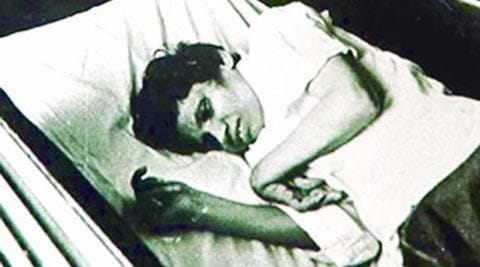
Pneumonia ended Aruna Shanbaug’s agony early Monday. Her tragic life had triggered a debate on mercy killing in India and influenced the Supreme Court in 2011 to legalise passive euthanasia. She lived for four more years since the landmark ruling because her case did not qualify for passive euthanasia under the guidelines devised by the apex court. Rape and assault by a hospital staffer had left her brain dead and in a persistent vegetative state nearly 42 years ago. But her caretakers, the nurses at Mumbai’s KEM Hospital who looked after her “like their child” all through, had refused permission to let her die. For them, she was a living presence, their responsibility, and beyond the pale of the legal battles on the right to die. The debate on whether they should have held on to her or let life ebb away from the crumbling body will continue. Shanbaug’s death — and life — calls for a close look at the moral and legal dimensions of the plea for the right to die.
In its 2001 ruling, the apex court made a clear difference between active and passive euthanasia. It ruled against active euthanasia (assisted suicide), which is permissible in only four countries. The SC gave its assent to passive euthanasia, which allows life support to be withdrawn from patients who are in a persistent vegetative state or terminally ill, and to let them die. Besides elaborating on which cases could qualify for passive euthanasia and under what circumstances, the court also outlined the institutional process to be followed and vested the authority of taking the final call on a plea with the relevant high court. The government, which qualified the plea for the right to die as the right to die in a dignified way in the Shanbaug case, has, so far, sailed with the court ruling, which is now the law.
The opposition to active euthanasia is tied up with the legal and moral position on suicide. Suicide is deemed a criminal act in Indian law. Courts and legislatures have refused to read it as concurrent with the right to life, enshrined in Article 21 of the Constitution. This, clearly, is out of step with a society that has nurtured the idea of “ichhamrityu”. The Indian state, like most nation states, seeks to monopolise the right to take life. Suicide is an act of defiance — the moral assertion of an individual over the might of society or the state or life itself. An enlightened society or state ought to understand the impulses behind suicide and deal with its many dimensions. To automatically deem the act to be a crime is to be morally blind.